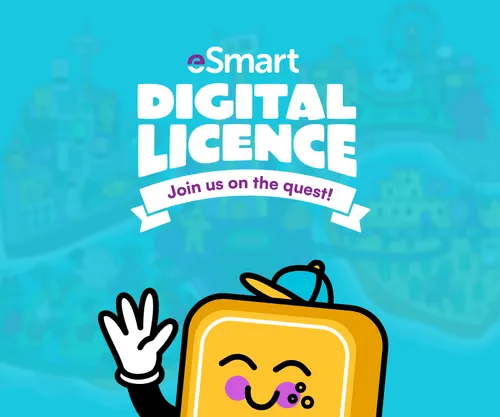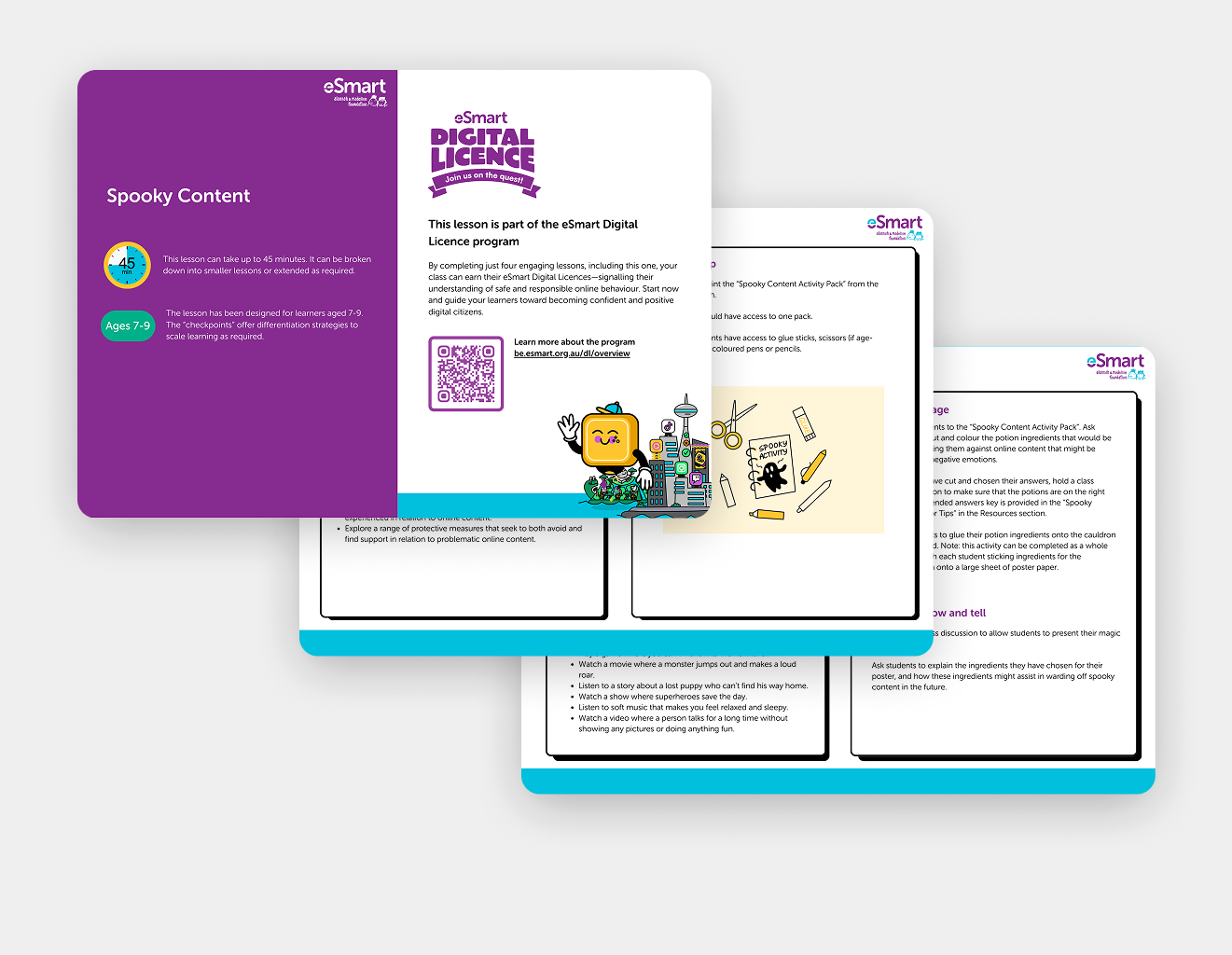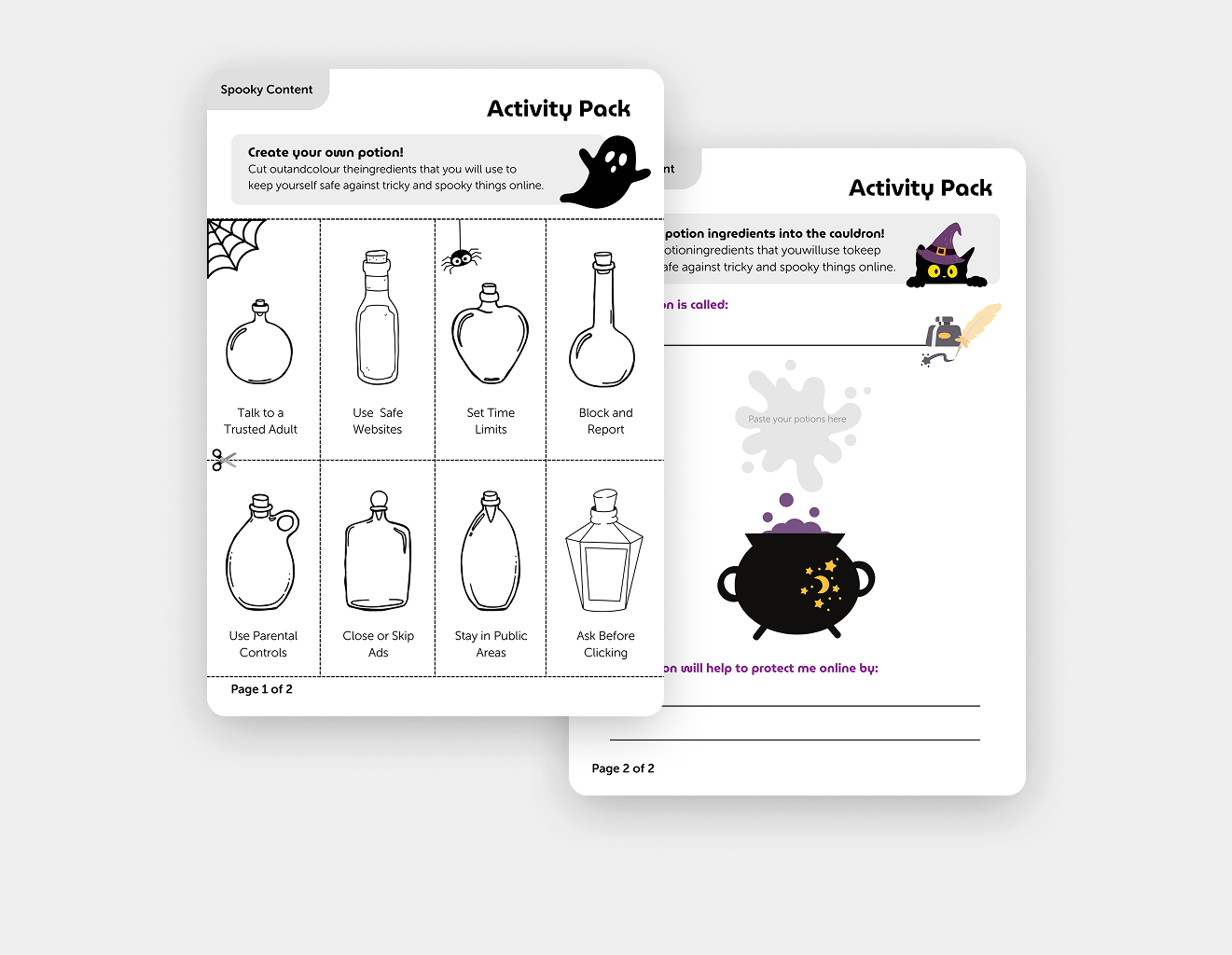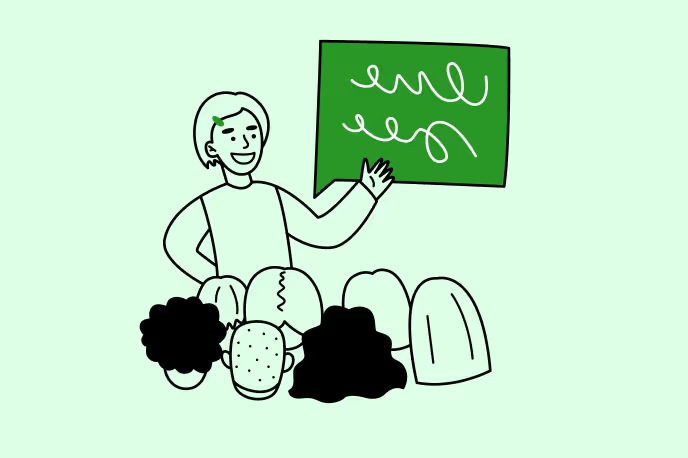Download Lesson Pack
Spooky Content

Child Safeguarding Statement
Some resources and activities may prompt a child to remember and potentially share an experience of harm. Make sure you’re familiar with your school's safeguarding policies and procedures so you can confidently report safety and well-being concerns.
Prepare students for the session by discussing: their right to be safe and respected; what to do if discussing online safety makes them feel uncomfortable or unsafe; and how to seek help if they feel or have felt unsafe. Use this resource available on the website.
Spooky Content
Students craft protection brews against scary content, fostering media literacy through creative arts.
Lesson details
Content
About this Risk Area
The material children may come across online, including inappropriate or harmful content.
Example topics:
- Strategies for avoidance and help-seeking in relation to problematic and/or offensive content.
- Recognising and critically analysing misinformation, fake news, and clickbait.
- Understanding the impact of online content on emotions, attitudes, and behaviours.
- Respecting intellectual property rights and understanding copyright laws.
The resources for this risk area provide guidance on navigating and critically evaluating online material.
“Spooky Content” is full of pumpkin spice and online content advice! Geared towards ghouls and ghosts, in this activity students will create a collage of ingredients that guard against spooky online content. Download the “Spooky Content Activity Pack” in the Teaching Toolkit, or let students go rogue with arts and crafts to create their special protection brew!
Learning Intentions
By completing this activity, our class intends to:
- Identify a range of physical and emotional responses that may be experienced in relation to online content.
- Explore a range of protective measures that seek to both avoid and find support in relation to problematic online content.
Curriculum alignment
Australian Curriculum (Version 9.0)
The Australian Curriculum outlines the fundamental knowledge, comprehension, and abilities students are expected to acquire as they advance through the initial 11 years of schooling.
Foundation: General Capabilities
Manage Online Safety:
- Level 1: Use online tools that are safe or only under direct supervision, seeking help from trusted adults when feeling unsafe.
Foundation: Health and Physical Education
- AC9HPFP04: Explore how to seek, give or deny permission respectfully when sharing possessions or personal space.
- AC9AVAFD01: Use play, imagination, arts knowledge, processes and/or skills to discover possibilities and develop ideas.
- AC9AVAFC01: Create arts works that communicate ideas.
- AC9AVAFP01: Share their arts works with audiences.
Year One: General Capabilities
Manage Online Safety:
- Level 2: Use online tools that are age appropriate or only under supervision, seeking help from trusted adults when feeling unsafe.
Year One: Health and Physical Education
- AC9HP2P04 : Practise strategies they can use when they need to seek, give or deny permission respectfully.
- AC9AVA2D01: Experiment and play with visual conventions, visual arts processes and materials.
- AC9AVA2C01: Use visual conventions, visual arts processes and materials to create artworks.
- AC9AVA2P01: Share artworks and/or visual arts practice in informal settings.
CASEL Framework
The CASEL Framework creates a foundation for applying evidence-based, Social and Emotional Learning (SEL) strategies both at school and in the broader community. Its aim is to support the cultivation of SEL skills and environments that advance students’ learning and development.
Responsible decision-making:
- The abilities to make caring and constructive choices about personal behaviour and social interactions across diverse situations.
For example:
- Learning how to make a reasoned judgment after analysing information, data, and facts.
- Recognising how critical thinking skills are useful both inside and outside of school.
My Time, Our Place – Framework for School Age Care in Australia
The aim of My Time, Our Place: Framework for School Age Care in Australia (the Framework) is to assist educators to provide children and young people with opportunities to maximise their potential and develop a foundation for successful lifelong learning. The Framework has been designed for use by approved providers and school age care educators working in partnership with children and young people, their families and the community, including schools.”
Outcome 3: Children and young people have a strong sense of wellbeing.
Children and young people are aware of and develop strategies to support their own mental and physical health, and personal safety.
This is exemplified when children can:
- Identify protective strategies in relation to problematic and/or offensive online content.
- Talk about how others’ use of technology impacts on them or makes them feel.







